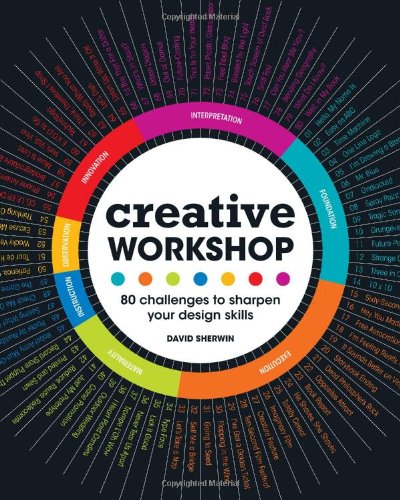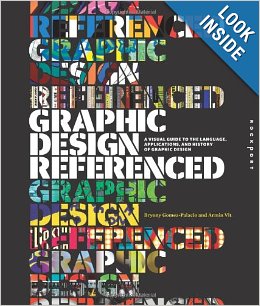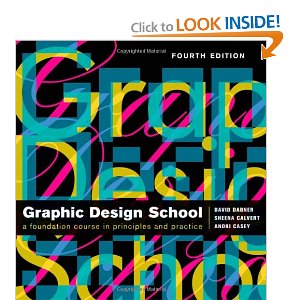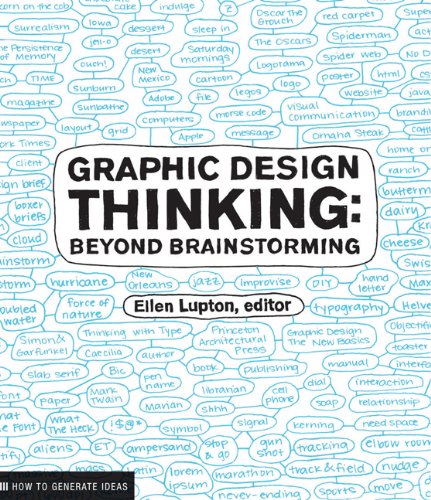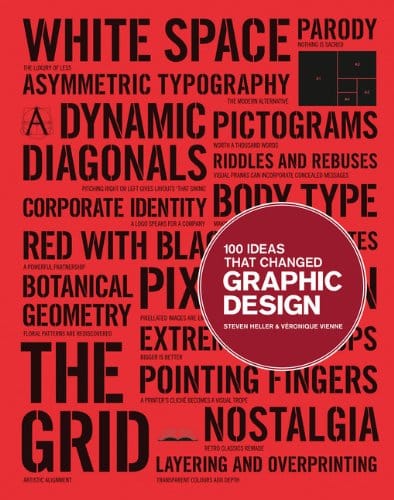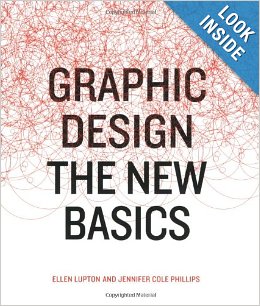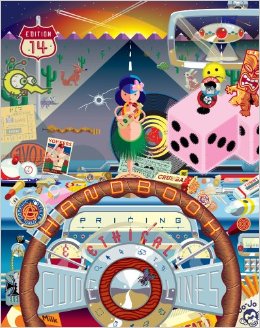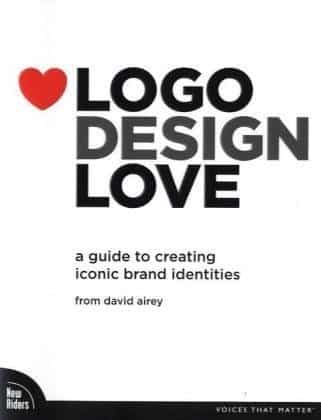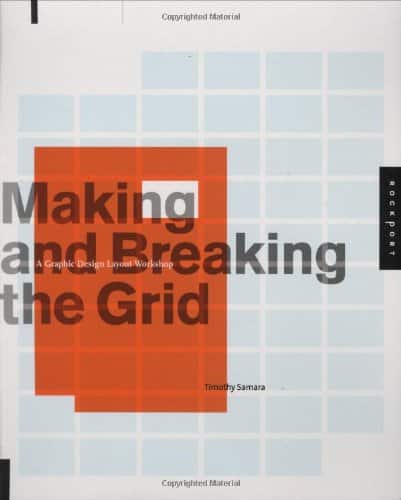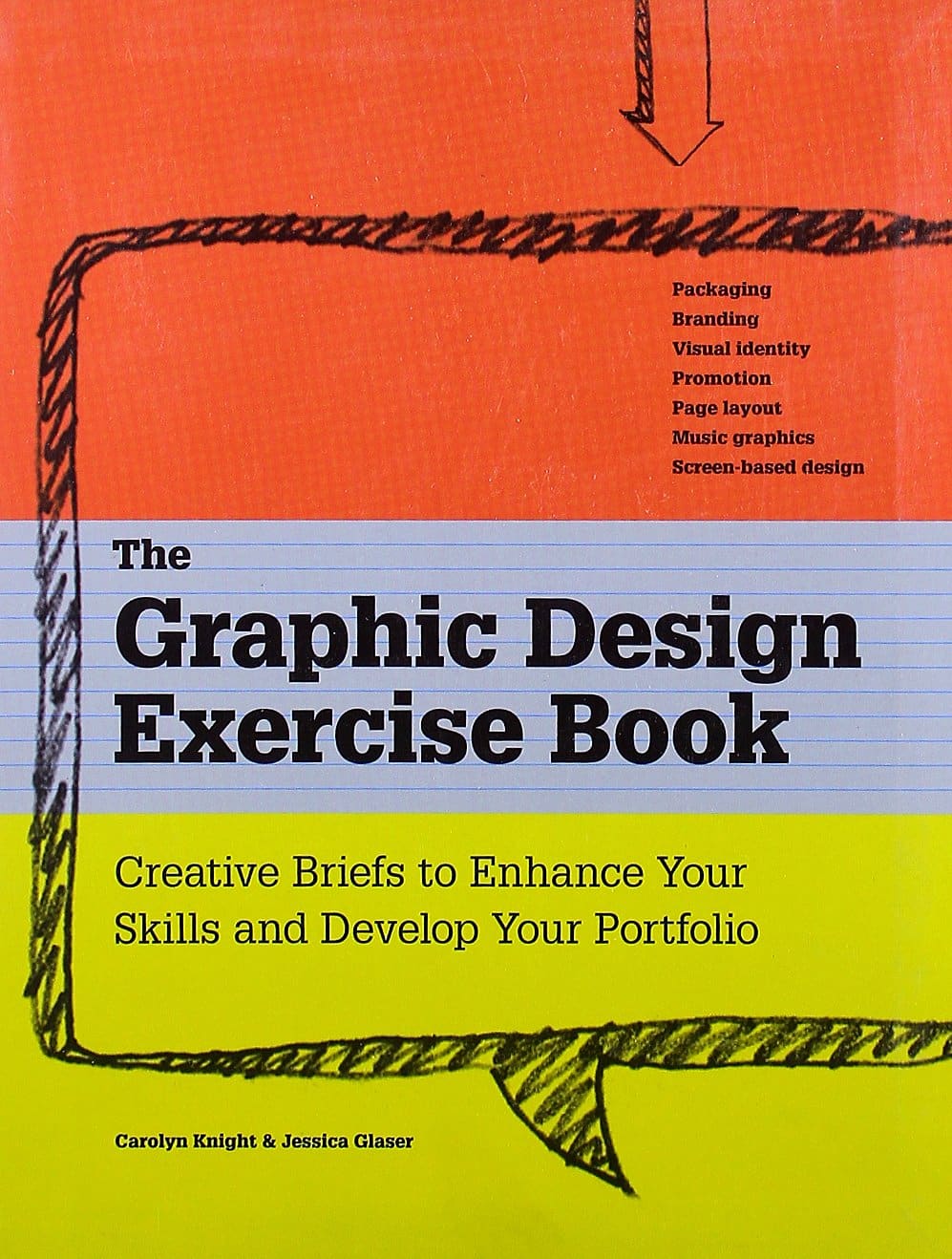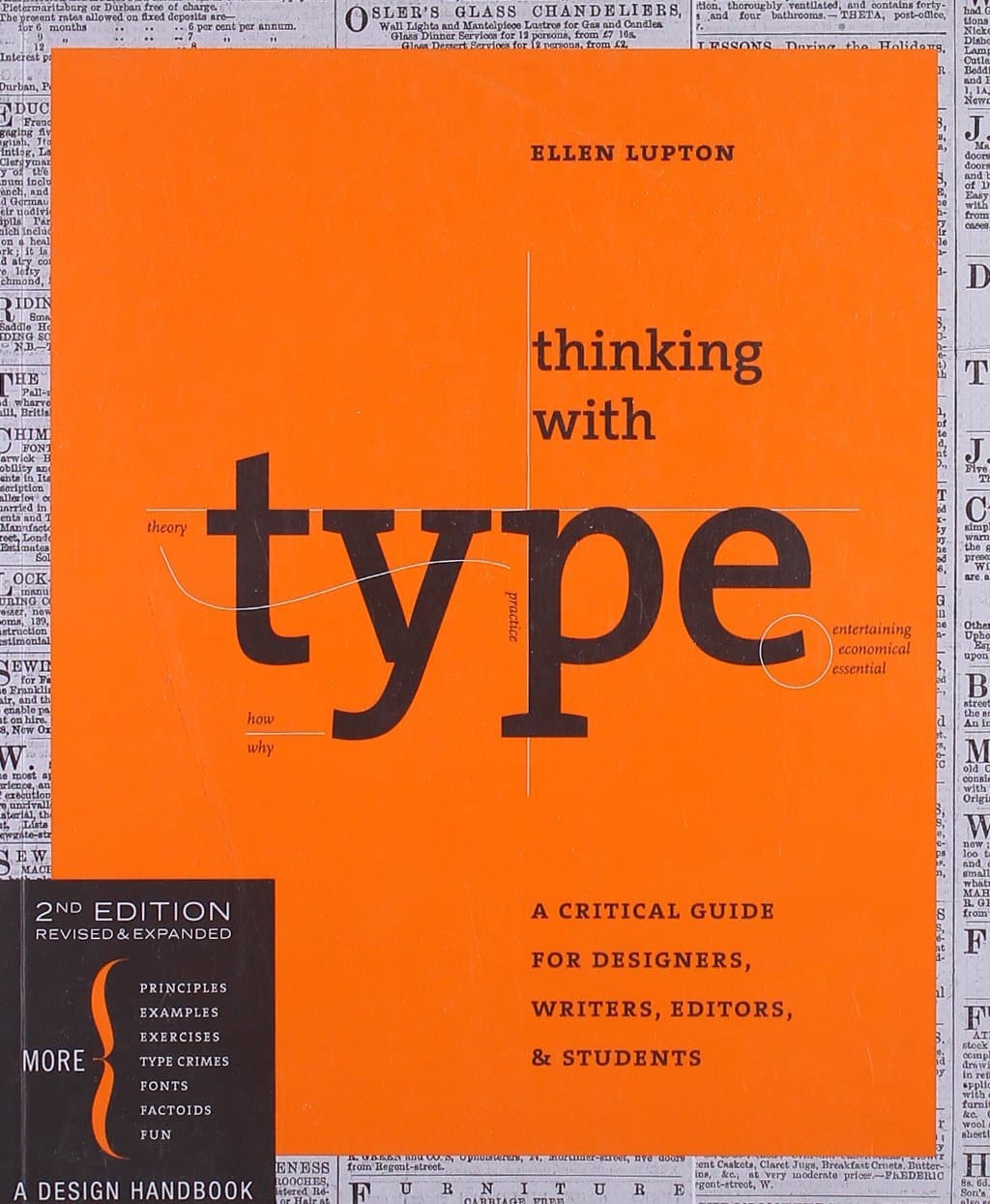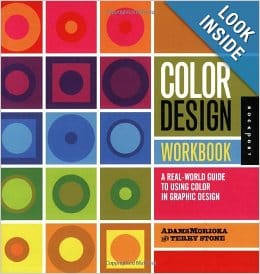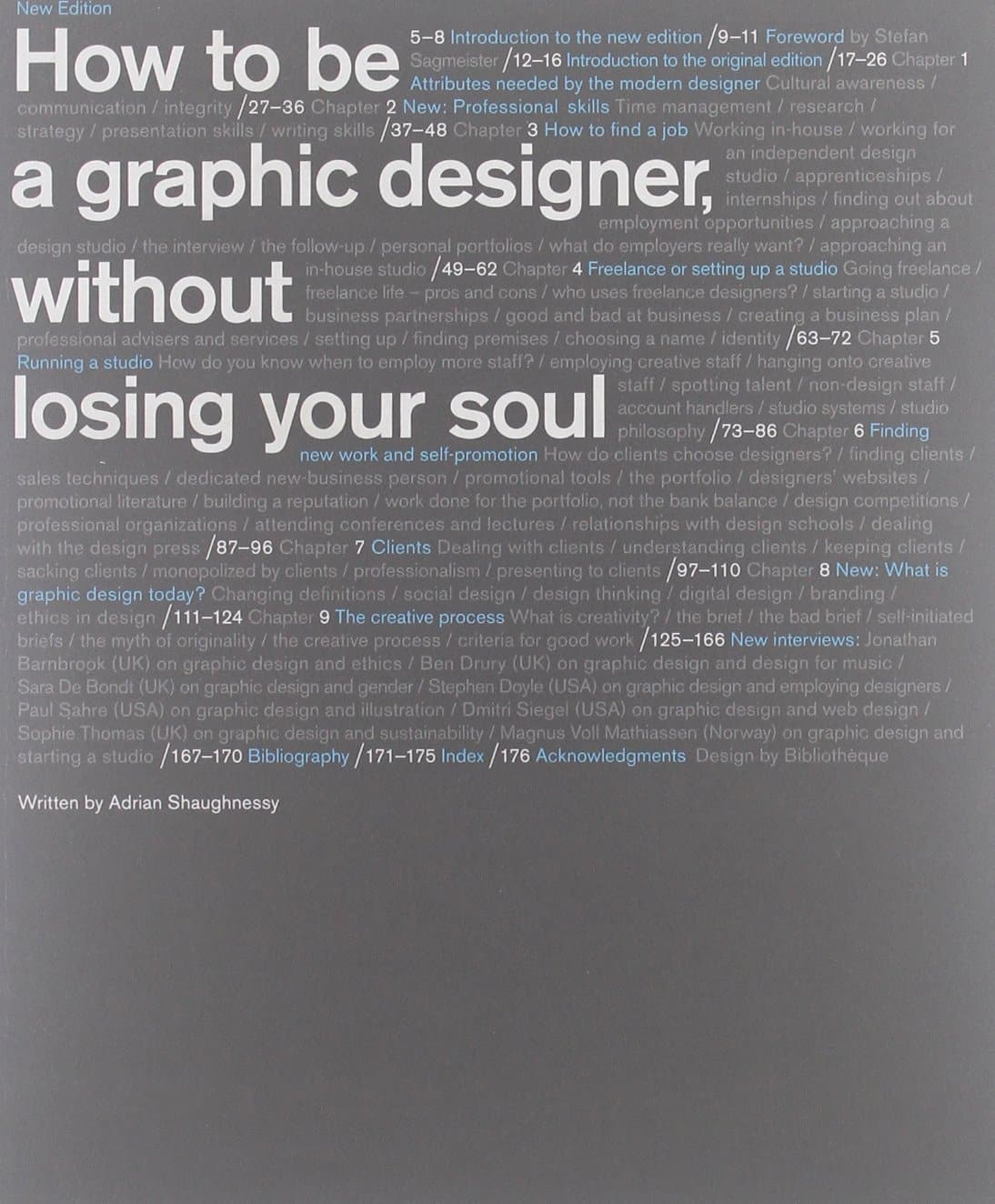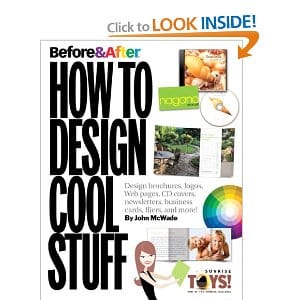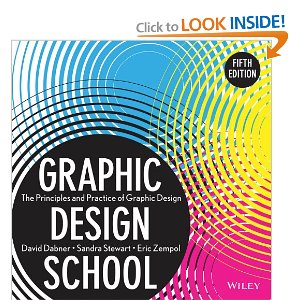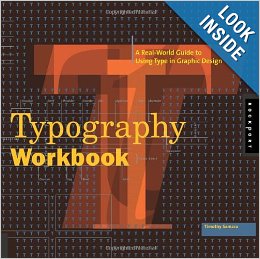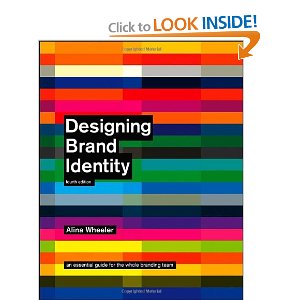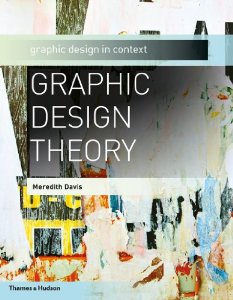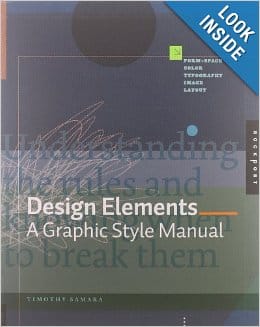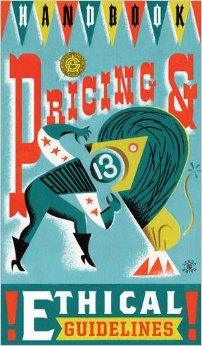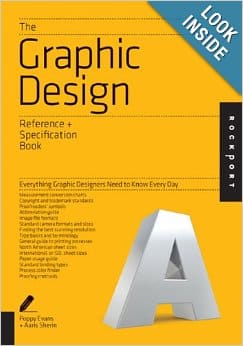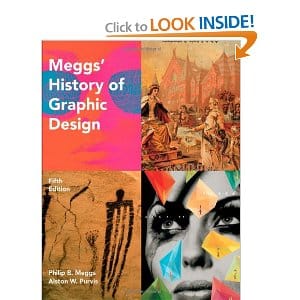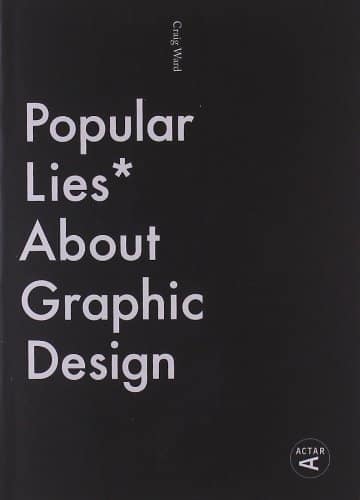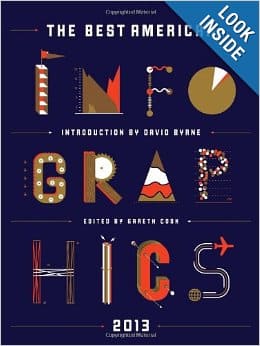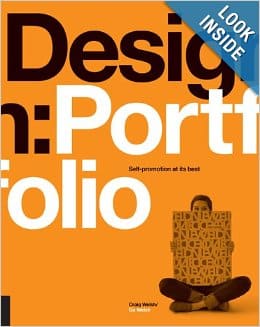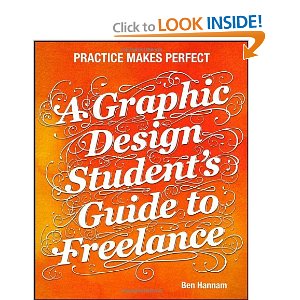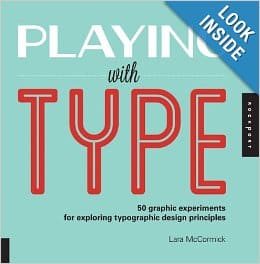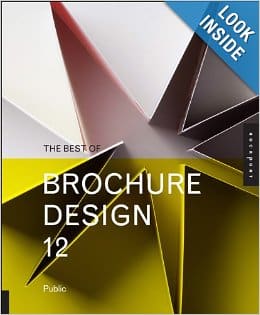28+ Graphic Design Books You Should Read
We have a round up of the most motivating Graphic Design Books You Should Read. Learning Graphic Design can be a life long process, Graphic Designer should always be learning the latest ideas and trend if they want to keep up with latest trends.
While searching for the best Graphic Design Books You Should Read, we came across some inspiring reads for Graphic Designs covering Exercise Books, Typography, Illustration, Freelance and Logo Design. Each of these Graphic Design Books contains plenty of inspiration and information to help you boost your creativity and graphic design skills!
Checkout these Graphic Design Books You Should Read!
Creative Workshop: 80 Challenges to Sharpen Your Design Skills
Have you ever struggled to complete a design project on time? Or felt that having a tight deadline stifled your capacity for maximum creativity? If so, then this book is for you.
Graphic Design, Referenced: A Visual Guide to the Language, Applications, and History of Graphic Design
Graphic Design, Referenced is a visual and informational guide to the most commonly referenced terms, historical moments, landmark projects, and influential practitioners in the field of graphic design.
Layout Workbook: A Real-World Guide to Building Pages in Graphic Design
An inspired resource for creating meaningful design, Layout Workbook is one of five volumes in Rockport's series of practical and inspirational books that cover the fundamental areas of graphic design. In this edition, author Kristin Cullen tackles the often perplexing job of nailing down a layout that works.
The New Graphic Design School: A Foundation Course in Principles and Practice
Graphic Design School is a foundation course for graphic designers working in print, moving image, and digital media.
Graphic Design Thinking (Design Briefs)
Creativity is more than an inborn talent; it is a hard-earned skill, and like any other skill, it improves with practice. Graphic Design Thinking: How to Define Problems, Get Ideas, and Create Form explores a variety of informal techniques ranging from quick, seat-of-the-pants approaches to more formal research methods for stimulating fresh thinking, and ultimately arriving at compelling and viable solutions.
100 Ideas that Changed Graphic Design
New in the "100 Ideas that Changed…" series, this book demonstrates how ideas influenced and defined graphic design, and how those ideas have manifested themselves in objects of design. The 100 entries, arranged broadly in chronological order, range from technical (overprinting, rub-on designs, split fountain); to stylistic (swashes on caps, loud typography, and white space); to objects (dust jackets, design handbooks); and methods (paper cut-outs, pixelation).
Graphic Design: The New Basics
How do designers get ideas? Many spend their time searching for clever combinations of forms, fonts, and colors inside thedesign annuals and monographs of other designers' work. For those looking to challenge the cut-and-paste mentality thereare few resources that are both informative and inspirational.
Graphic Artist's Guild Handbook of Pricing and Ethical Guidelines
Graphic Artists Guild Handbook: Pricing & Ethical Guidelines, 14th Edition is an indispensable resource for people who create graphic art and those who buy it. As the graphic art marketplace continues to evolve to meet the needs of both digital and print media and as clients struggle with shrinking budgets in the current economy, the need for up-to-date information on business, ethical, and legal issues is greater than ever.
Logo Design Love: A Guide to Creating Iconic Brand Identities
There are a lot of books out there that show collections of logos. But David Airey’s “Logo Design Love” is something different: it’s a guide for designers (and clients) who want to understand what this mysterious business is all about. Written in reader-friendly, concise language, with a minimum of designer jargon, Airey gives a surprisingly clear explanation of the process, using a wide assortment of real-life examples to support his points.
Making and Breaking the Grid: A Graphic Design Layout Workshop
Making and Breaking the Grid is a comprehensive layout design workshop that assumes that in order to effectively break the rules of grid-based design, one must first understand those rules and see them applies to real-world projects.
The Graphic Design Exercise Book
Graphic designers like to be creatively challenged. The design briefs in The Graphic Design Exercise Book act as sparks to fire your creativity and exercises to broaden your skill set. As prompts for developing your own personal projects they can lead to unexpected developments and revitalized portfolios, helping you break into new and lucrative areas of the design industry.
Thinking with Type
Our all time best selling book is now available in a revised and expanded second edition. Thinking with Type is the definitive guide to using typography in visual communication, from the printed page to the computer screen. This revised edition includes forty-eight pages of new content, including the latest information on style sheets for print and the web, the use of ornaments and captions, lining and non-lining numerals, the use of small caps and enlarged capitals, as well as information on captions, font licensing, mixing typefaces, and hand lettering.
Color Design Workbook: A Real World Guide to Using Color in Graphic Design
Since color is such a important part of graphic design, designers need the most up to date as well as the most fundamental, information on the subject to have the tools needed to use color effectively. From the meanings behind colors to working with color in presentations, this book provides readers with the vital information needed to apply color creatively and effectively to their design work.
How to Be a Graphic Designer without Losing Your Soul
This new, expanded edition brings this essential text up to date with new chapters on professional skills, the creative process, and global trends that include social responsibility, ethics, and the rise of digital culture. How to Be a Graphic Designer offers clear, concise guidance along with focused, no-nonsense strategies for setting up, running, and promoting a studio; finding work; and collaborating with clients.
Before & After: How to Design Cool Stuff
Before and After magazine's focus on clarity, simplicity, and elegance has won it legions of fans–fans who will welcome this second volume of the definitive Before and After Page Design by John McWade. Truly an icon of the graphic design community, his insistence on approaching design not as mere decoration but as an essential form of communication is vividly apparent in this cohesive primer on page design and layout.
Graphic Design School: The Principles and Practice of Graphic Design
Graphic Design School allows students to develop core competencies while understanding how these fundamentals translate into new and evolving media. With examples from magazines, websites, books, and mobile devices, the Fifth Edition provides an overview of the visual communications profession, with a new focus on the intersection of design specialties. A brand-new section on web and interactivity covers topics such as web tools, coding requirements, information architecture, web design and layout, mobile device composition, app design, CMS, designing for social media, and SEO.
Typography Workbook: A Real-World Guide to Using Type in Graphic Design
The book is part of Rockport's popular Workbook series of practical and inspirational workbooks that cover all the fundamental areas of the graphic design business. This book presents an abundance of information on type – the cornerstone of graphic design – succinctly and to the point, so that designers can get the information they need quickly and easily.
Designing Brand Identity: An Essential Guide for the Whole Branding Team
From research and analysis through brand strategy, design development through application design, and identity standards through launch and governance, Designing Brand Identity, Fourth Edition offers brand managers, marketers, and designers a proven, universal five-phase process for creating and implementing effective brand identity. Enriched by new case studies showcasing successful world-class brands, this Fourth Edition brings readers up to date with a detailed look at the latest trends in branding, including social networks, mobile devices, global markets, apps, video, and virtual brands.
Graphic Design Theory (Graphic Design in Context)
This textbook combines an analysis of historical thinking about design with contemporary critical theory. Throughout, explanations are linked to visual concepts, so the book is useful for studio instruction as well as freestanding lecture courses on history or theory. Promoting rigorous thinking as well as practical and technical proficiency, it encourages students to critique the professional design work they encounter, as well as their own studio practice. New thinking about graphic design, uniting a historical perspective with an essential critical background, is made accessible to students—this thinking would otherwise be available only in diverse and unsuitable readings. 260 illustrations, 188 in color.
White Space is Not Your Enemy: A Beginner's Guide to Communicating Visually through Graphic, Web and Multimedia Design
Designing a brochure or web site without an art background? Step away from the computer and read this breezy introduction to visual communications first. Written for non-designers, White Space is Not Your Enemy is a practical graphic design and layout text introducing the concepts and practices necessary for producing effective visual communications across a variety of formats, from print to Web.
Design Elements: A Graphic Style Manual
This book is a fun and accessible handbook that presents the fundamentals of design in lists, tips, brief text, and examples. Chapters include Graphic Design: What It Is; What Are They and What Do They Do?; 20 Basic Rules of Good Design; Form and Space-The Basics; Color Fundamentals; Choosing and Using Type; The World of Imagery; Putting it All Together?Essential Layout Concepts; The Right Design Choices: 20 Reminders for Working Designers; and Breaking the Rules: When and Why to Challenge all the Rules of this Book.
Graphic Artist's Guild Handbook of Pricing and Ethical Guidelines (Graphic Artists Guild Handbook: Pricing & Ethical Guidelines)
For years, the Graphic Artists Guild Handbook: Pricing and Ethical Guidelines has been the industry bible for graphic designers and illustrators. This, the 13th edition, continues the tradition with new information, listings and pricing information based on surveys of working designers. It addresses legal rights and issues such as how copyright laws affect the income and work of graphic artists. It also provides tips on how to negotiate the best deals and how and what to charge for work, and includes sample contracts. For design and illustration professionals, there is no more comprehensive and informative resource.
The Graphic Design Reference & Specification Book: Everything Graphic Designers Need to Know Every Day
The Graphic Design Reference & Specification Book should always be next to a designer's computer. Completely practical with only the most needed information, this valuable book provides designers with all the little details that can make or break a design, such as how much space to leave in the gutter when designing barrel folds, how to layout a template for a box, and the ratios of each part, as well as metric conversion charts, standard envelope sizes in the USA, Europe, Canada and Asia, and much more. This hardworking handbook is compact and accessible and is a must-have for any graphic designer.
Meggs' History of Graphic Design
This is the unrivaled, comprehensive, and award-winning reference tool on graphic design recognized for publishing excellence by the Association of American Publishers. Now, this Fifth Edition of Meggs' History of Graphic Design offers even more detail and breadth of content than its heralded predecessors, revealing a saga of creative innovators, breakthrough technologies, and important developments responsible for paving the historic paths that define the graphic design experience. In addition to classic topics such as the invention of writing and alphabets, the origins of printing and typography, and postmodern design, this new Fifth Edition presents new information on current trends and technologies sweeping the graphic design landscape—such as the web, multimedia, interactive design, and private presses, thus adding new layers of depth to an already rich resource.
Popular Lies About Graphic Design
Lovingly designed and written both passionately and irreverently, Ward pulls from his ten years of experience to tackle lighter subjects such as design fetishists, Helvetica's neutrality and urgent briefs, alongside discussions on more worthy topics such as the validity of design education, the supposed death of print, client relationships and pitch planning
Graphic: Inside the Sketchbooks of the World's Great Graphic Designers
We are constantly surrounded by design—in advertisements, in books and magazines, on the Internet, on television—and each graphic element we see was carefully constructed through a designer’s very personal process. Yet only the finished article is presented. Rarely do we gain insight into how visual solutions have been reached or the exploration, experimentation, and ideas behind them. In this ambitious publication, some one hundred of the world’s leading graphic designers and illustrators open up their private sketchbooks to offer a privileged glimpse into their creative processes. The result is a visual tour de force.
The Best American Infographics 2013
The rise of infographics across virtually all print and electronic media—from a striking breakdown of classic cocktails to a graphic tracking 200 influential moments that changed the world to visually arresting depictions of Twitter traffic—reveals patterns in our lives and our world in fresh and surprising ways. In the era of big data, where information moves faster than ever, infographics provide us with quick, often influential bursts of art and knowledge—on the environment, politics, social issues, health, sports, arts and culture, and more—to digest, to tweet, to share, to go viral.
Design/Portfolio: Self promotion at its best
Featuring a curated collection of approximately 300 exquisite designs, along with essays from designers in the field about the essence and importance of a good portfolio design, Design: Portfolio contains mini-workshops that dissect several featured projects and highlight the effectiveness of exceptional design treatments from around the world. Designers will discover the underlying details that make each design so special. This is an exciting new addition to the informative and inspiring Design series by Rockport Publishers that offers the best of design in practice.
A Graphic Design Student's Guide to Freelance: Practice Makes Perfect
A Graphic Design Student's Guide to Freelance: Practice Makes Perfect covers everything you need to know to begin successfully freelancing as a designer, including how to set up your business, deal with legal and financial issues, find clients, and work with them effectively.
Playing with Type: 50 graphic experiments for exploring typographic design principles
Playing with Type is a hands-on, playful approach to learning type application and principles. This engaging guide begins with an introduction to the philosophy of learning through the process of play. Along with a series of experimental design projects with an emphasis on type, the author provides designers with a “toolkit” of ideas and skills developed through the process of play.
The Best of Brochure Design 12
Brochure design is a perennial in the world of marketing and graphic design, yet it can be challenging to execute successfully. This substantial collection of the world’s best brochure design offers hundreds of ideas, pages of inspiration, and armloads of advice for professional graphic designers and students alike. With a clean, engaging presentation, this volume is a highly visual collection of ideas for everything from choosing type to selecting photo treatments, and everything in between.

